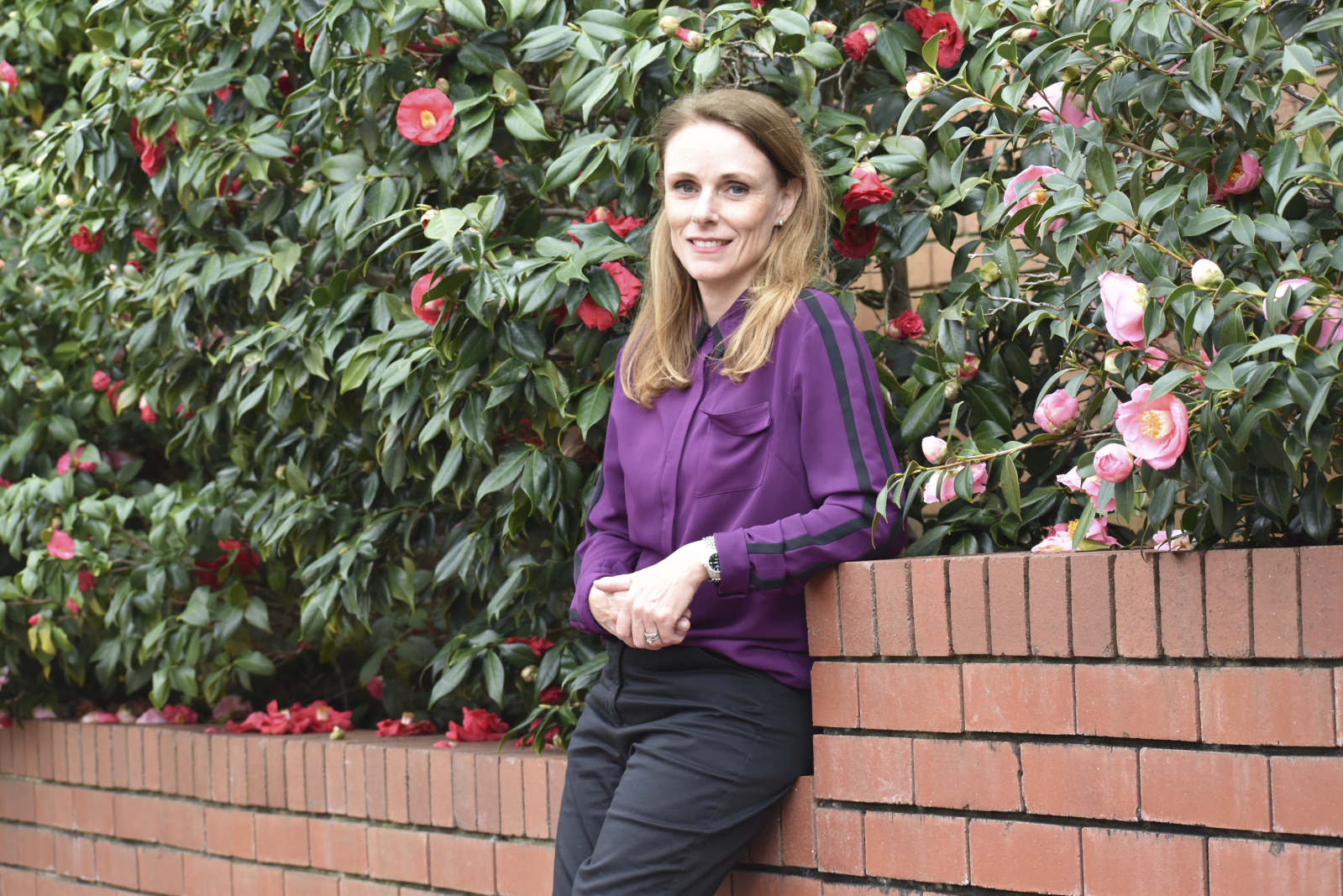How a Perth mother can choose to silence her world – or tune in to what's going on around her
by Lauren PilatJane Goodfellow has the ultimate selective hearing. The mother-of-two from Kallaroo can choose to be deaf or hear whenever she wants.
Mrs Goodfellow, 48, can read the newspaper in total silence, sleep through storms, and always has the last word in an argument with her husband.

“I love that I can choose to be deaf or hearing whenever I want,” she said.
However, the principal lecturer at North Metropolitan TAFE Leederville didn’t always have that choice. It didn't come until she got two cochlear implants.
Mrs Goodfellow is among about 400,000 West Australians living with hearing loss. Just 10-12 per cent of Australian adults with hearing loss who could benefit from a cochlear implant have one, suggesting many adults in WA are missing out.
Cochlear implants are a treatment option for people with permanent hearing loss who get little or no benefit from hearing aids; however, cochlear implantation in adults is still not routine.
A world-first international consensus statement published in August and developed by 31 experts, including experts from Australia, revealed cochlear implants could benefit people with a variety of hearing losses, including single-sided deafness.
When Mrs Goodfellow was a child, she had single-sided deafness. Her hearing in her right ear "switched off" when she was three years old, so she grew up "half deaf".
When the hearing in her left ear also "switched off", she was shocked. She was 39 years old and her complete hearing loss happened "in a matter of hours and was very scary at the time".
Mrs Goodfellow said she felt like a ghost because she could see everything around her but her connection to the world was lost.
"I had no idea what people were talking about, boiled the kettle dry because I couldn't hear it boil, I once vacuumed the whole house with the vacuum cleaner turned off because I couldn't hear that it was turned off," she said.
"At dinner parties I would just sit and watch with no idea what was going on. I couldn't contribute – I was lost."
Given false hope, Mrs Goodfellow was initially told that her hearing would come back, but it was Professor Atlas who diagnosed her with vestibular aqueduct syndrome in 2011 and said it was permanent.
“My hearing wasn't coming back – ever,” she said.
Thankfully for Mrs Goodfellow, three months after losing her hearing she had surgery for her second implant.
"It still amazes me that I'm totally deaf but can ‘hear’ when I wear the implant," she said.
"I can read the newspaper in total silence, sleep through storms, and I always have the last word in an argument with my husband as once I take the implant off I can't hear anything else he says – he hates it, I love it."
Professor Atlas said hearing loss ranked in the top three most prevalent and burdensome global health conditions, affecting people of all ages; however the prevalence of hearing loss in the Australian population started to rise significantly from about 50 years old.
"Hearing loss compromises a person’s ability to communicate, and causes social and emotional distress, with up to 50 per cent of adults with hearing loss reporting feelings of isolation, loneliness, or symptoms of anxiety or depression," he said.
"In Australia, hearing loss affects over one in five adults. Approximately half are in the working age population (aged 15-64 years). Thirty-seven per cent of adults with hearing loss are aged over 70 and, within this age group, 74 per cent have hearing loss."